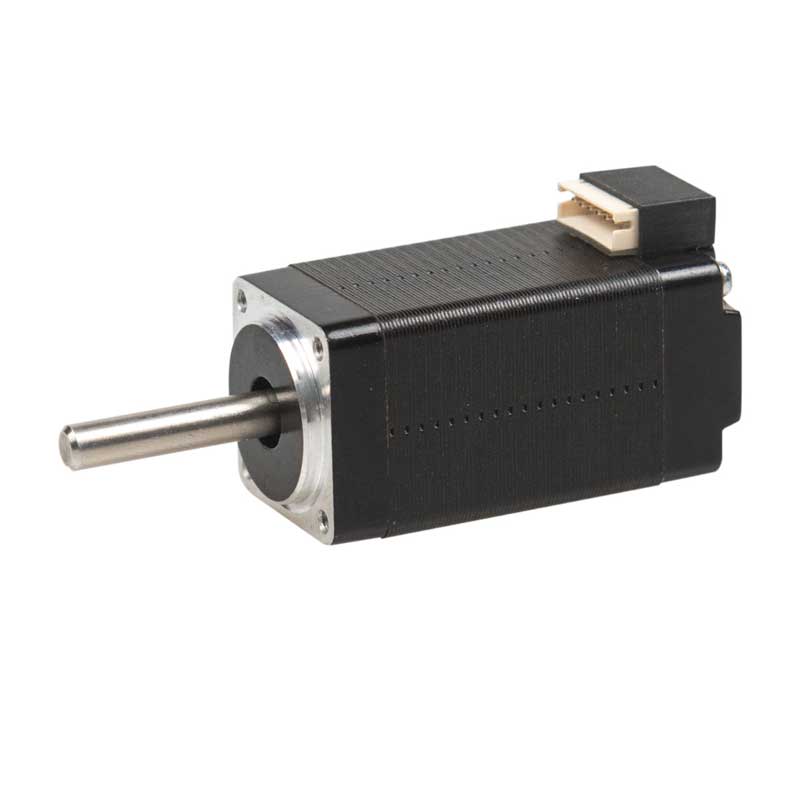Pros and cons of Hybrid Stepper Motor
 Aug 30, 2022|
Aug 30, 2022| View:21
View:21There are three main types of stepper motors in construction: reactive, permanent-magnet, and hybrid. What are the pros and cons of the Hybrid Stepper Motor? If you are interested, let's look down together!
Hybrid Stepper MotorPros:
1. The motor rotation angle is proportional to the number of pulses.
2. The motor has the maximum torque when it is stopped (when the winding is excited) .
3. Because the precision of each step is between 3% and 5%, and the error of one step can not be accumulated to the next step, it has better position precision and motion repeatability.
4. Excellent start-stop and reverse response.
5. because there is no brush, high reliability, so the life of the motor only depends on the life of the bearing.
6. The response of the motor is only determined by the digital input pulse, so it can be controlled by an open-loop control, which makes the structure of the motor simple and control cost.
7. Only the load directly connected to the motor shaft can also be very low-speed synchronous rotation.
8. Because the speed is proportional to the pulse frequency, there is a wide speed range.

Hybrid Stepper MotorCons:
1. If the control is not good, the resonance will happen easily.
2. Difficult to run to a high speed.
3. It is difficult to obtain a larger torque.
4. No advantage in terms of volume and weight, low efficient energy use.
5. overload will break the synchronization, and high-speed work will emit vibration and noise.
These are the advantages and disadvantages of the Hybrid Stepper Motor, it is mainly used in the digital control system, high precision, reliable operation, and positioning accuracy. If you need a Hybrid Stepper Motor, please feel free to contact us.






























